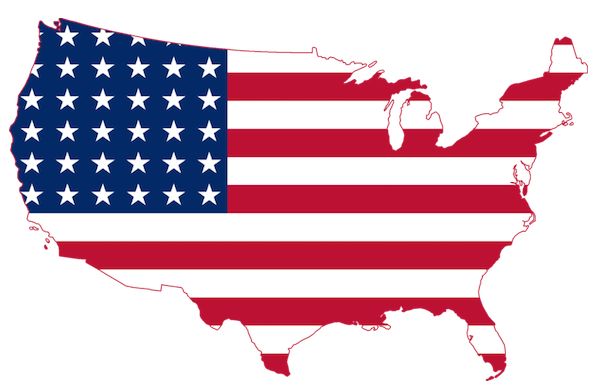
Hey youz! Whah do ‘Mericans have all different aks-ay-ents? It’s, like, totally confusing and somewhat bizzah, dontcha know.
TALK THIS WAY
An accent is “a manner of pronunciation peculiar to a particular individual, location, or nation.” That’s not to be confused with dialect, which is a specific form of a language that has its own unique lexicon (words), grammatical structures, and phonology (a fancy word for accent). So an accent can be a part of a dialect, but not vice versa. Because dialects can be traced to geographical regions, they give linguists important clues to the origin of accents. And discovering where accents came from can explain why an American says “ta-may-to” and a Brit says “ta-mah-toe,” or why Bostonians say “park the cah” and a Nebraskan says “park the car.”
BRITISH INVASIONS
The United States began as colonies of Great Britain, but the settlers didn’t trickle across the Atlantic at random. According to Brandeis University Professor David Hackett Fischer in his book Albion’s Seed, there are four primary American accents, which derive from the major migrations from England to the New World in the 17th and 18th centuries.
1. East Anglia to Massachusetts (1620-40). Puritans who fled to the New World to escape religious persecution were, by and large, from the eastern counties of England. To this day, in remote parts of East Anglia, there are rural folk who speak in what is sometimes referred to as the “Norfolk whine.” When they came to New England, that accent came along with them. You may recall the TV commercials where an old fellow says “Pepperidge Fahm remembers…” That’s the Norfolk whine.
2. South and West of England to Virginia (1642-75). Immigrants who settled in the colony of Virginia tended to be wealthy Cavaliers (that is, loyal to the King) who came to the New World to become planters. Many elements of their accent can still be heard in rural Virginia, such as their penchant for elongated vowels -stretching “you” into “yeew,” and shortened consonants- “ax” for ask, and “dis” and “dat” for this and that.
3. North Midlands to Pennsylvania and Delaware (1675-1725). In another flight to escape religious persecution, Quakers, largely from the middle and northern parts of England, also settled in the New World. Their speech patterns, characterized by shorter vowel sounds -a short “a” for dance, not the Yankee and East Anglican “dahnce,” or the South England and Virginia “day-ence”- formed the basis for the flat Midwestern American accent we hear today, which has since been adopted as the standard American “non-regional” accent spoken by most newscasters.
4. Borderlands to the Backcountry (1715-75). The so-called “Scotch-Irish” fled their poverty-stricken homeland of northern England and southern Scotland, first to northern Ireland and then to America’s mid-Atlantic coast. These new arrivals were considered uncultured and unruly and didn’t mix well with the established settlers, so most kept going to settle in the backcountry of the Appalachian Mountains. Their distinctive accent can still be heard in many Southern regions: “far” for fire, and “winder” for window. The Borderlands accent gave rise to the twangy “country” accent heard in the poorer parts of the South -as opposed to the more south-of-England “Southern gentleman” drawl heard in more affluent regions. Thank you Yosemite Sam for the former and Foghorn Leghorn for the latter.
THE HUDDLED MASSES
After achieving independence, the United States expanded westward and fresh waves of immigrants arrived in New York, New Orleans, and other port cities. The Northeast kept closer ties with Britain, which explains why Bostonians caught onto the English trend of broadening the “a” in bath, while the flatter pronunciation was used in most of the rest of the country.
WORLD TOUR
Just as it was with the English, immigrants from other countries tended to stick together when they got to America. Here’s a look at where they came from, where they ended up, and how the way they spoke then still affects the way people in the United States speak today.
* Germany. After England, Germany produced the largest wave of U.S. immigrants between the 1680s and the 1760s. Arriving first in Pennsylvania, the newcomers adopted the nasal tones of their Quaker neighbors who had come from England, then added their own clipped German speech patterns. The biggest German influence is the hard “r” found at the end of words -“river” vs. “rivah”- and is the feature that most distinguishes American speech from British. The trend spread as settlers moved into the Midwest and beyond.
 *The Netherlands.
When settlers from New England moved south to New York, there was
already a sizable Dutch population. The mixture of the two groups formed
the famous Brooklyn accent (think of Bugs Bunny), in which bird is often pronounced “boid,” these and those, “deez” and “doze,” and coffee, “caw-fee.”
Unlike most other immigrant languages, which were abandoned for English
within a generation or two, the Dutch language lingered in New York for
three centuries. (Theodore Roosevelt grew up hearing his grandparents
speak it at the dinner table as late as the 1860s.) While other
immigrant groups have influenced the classic New York accent, it come
primarily from original Dutch settlers.
*The Netherlands.
When settlers from New England moved south to New York, there was
already a sizable Dutch population. The mixture of the two groups formed
the famous Brooklyn accent (think of Bugs Bunny), in which bird is often pronounced “boid,” these and those, “deez” and “doze,” and coffee, “caw-fee.”
Unlike most other immigrant languages, which were abandoned for English
within a generation or two, the Dutch language lingered in New York for
three centuries. (Theodore Roosevelt grew up hearing his grandparents
speak it at the dinner table as late as the 1860s.) While other
immigrant groups have influenced the classic New York accent, it come
primarily from original Dutch settlers.* Russia and Poland. Arriving in New York in the late 1800s and early 1900s, Yiddish-speaking Jews from eastern Europe added many new words and humorous turns of phrase to English, including “I should live so long,” “I need it like I need a hole in the head!” and “What’s up?” Interestingly, although “New Yawk tawk” has become strongly associated with Jewish immigrants, Yiddish seems to have had little affect on the accent itself, which was adopted by the Irish, Italians, Chinese, and dozens of other ethnicities who live in New York. Actual spoken Yiddish -which is very clipped and Germanic- sounds very little like the New York accent.
* Scandinavia. Immigrants from northern Europe settled in the upper Midwest, and many aspects of their Old World accents persist to this day. Referred to as both the Minnesota accent and the Great Lakes accent, it is most notable for the overpronunciation of vowels, especially the long “o” sound, as in “dontcha know.” If you’ve seen the 1996 dark comedy Fargo, that’s a good example of the Minnesota accent (although most native speakers claim that it’s a bit exaggerated in the film).
* France. Much of the French influence on the American accent ended up in Louisiana. Cajuns were originally French settlers who had moved down from Acadia in the eastern part of Canada. In 1765 the British took over, and loyal Acadians fled and resettled in New Orleans, still French territory. Cajun French is very old, dating from the 1600s. It might be understood by someone in Paris today, but only with some effort. The Cajun accent (like the food) has a very distinctive flavor -“un-Yon,” “ve-HIC-le,” and “gay-Ron-tee,” and “LOO-ziana.”
* Africa. The speech of slaves brought over from West Africa had a strong effect on American English. However, its exact origin is hard to trace. There are a number of West African languages, and slaves were intentionally separated from members of their own groups to make it difficult for them to conspire. That led to what are called pidgins -simple languages with few rules that were cobbled together from two or more languages. According to some theories, this was the origin of what is now called African American Vernacular English (AAVE). It has been called ebonics, but use of that term is controversial. Many linguists now believe that West African languages had little if any influence on AAVE, and that its origin can be traced to early Southern dialects brought over from England. Nevertheless, some of the cadence and lilt of the Southern accent -spoken by both blacks and whites- probably comes from African slaves. Some linguists believe this could be because black women served as nannies to white children, and those relationships helped blend the two speaking styles.
BARN IN THE USA
Not all accents were brought over from other countries. A few are as American as apple pie.
* In a small section of southern Utah, there is an accent in which “ar” sounds are transposed with “or” sounds. It’s uncertain how this way of speaking came about, but people who live in this region don’t say “born in a barn,” rather “barn in a born.”* A relatively young accent, Valley Girl, or “Valspeak,” began in the 1980s. The most defining characteristic: Raising the intonation at the end of a sentence as if it were a question. Originating in the San Fernando Valley of southern California, Valspeak may be one of the most uniquely American accents. Some linguists speculate its roots may be traced to refugees from the Ozarks who moved to California during the Dust Bowl era of the 1930s.
HOMOGENIZATION
U.S. regional accents are in danger of being lost. Because of TV, movies, video games, and YouTube, kids learn less about speaking from their parents and their grandparents than they do from the likes of the Disney Channel, Nickelodeon, and Pixar. Result: A young boy in Boston might pretend to “park the car,” and a teenage girl in Georgia might roll her eyes when her mother says “Y’all.” If this trends continues, then perhaps one day there will be just one American accent.

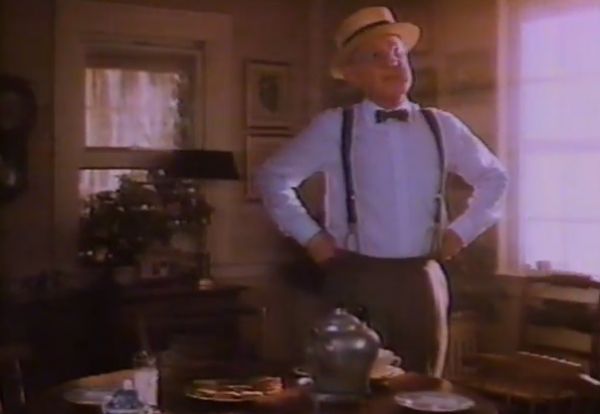

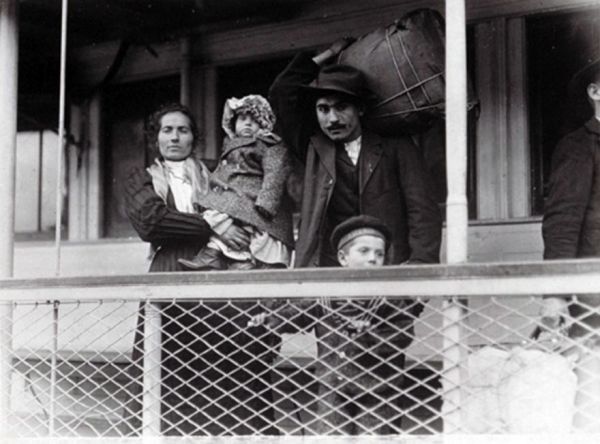
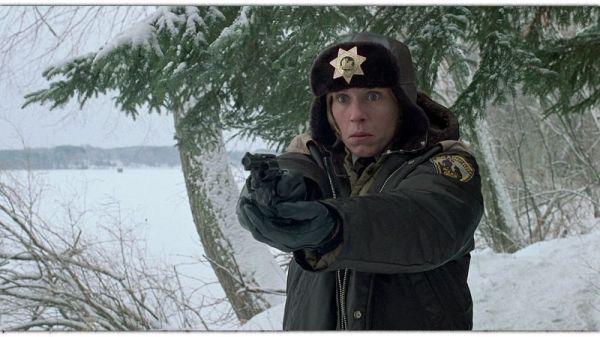
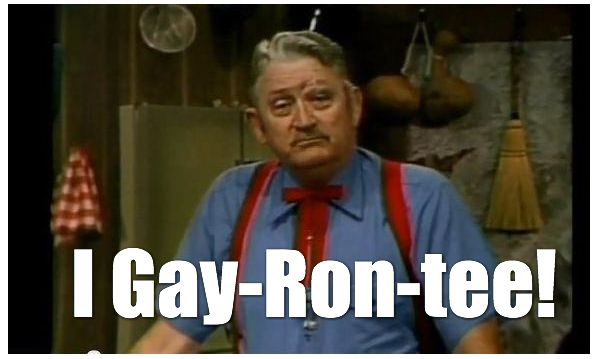

No comments:
Post a Comment